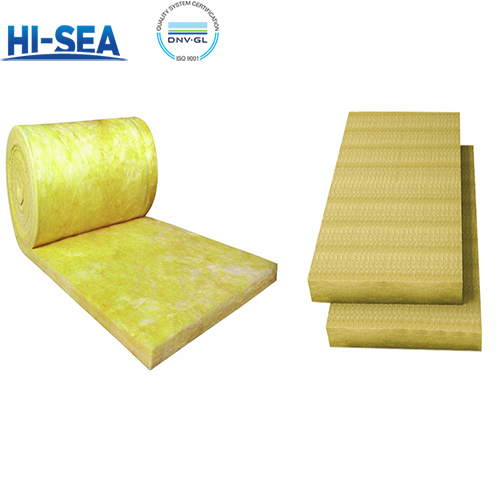
The Differences Between Rock Wool and Glass Wool
Rock wool and glass wool are common thermal insulation materials, which are widely used in construction, industry and other fields. Although the two are similar in function, there are significant differences in material source, production process, physical characteristics, application field and cost.
Overview
The difference between rock wool and glass wool is mainly reflected in the following four aspects
1. Different appearance
Glass wool is bright yellow, while rock wool is gray, and the difference is obvious.
2. Different bulk density
Rock wool of the same volume is much heavier than glass wool, and the compressive strength of rock wool is greater than that of glass wool
3. Different manufacturing materials and processes
Glass wool is a kind of glass fiber. The main material is glass and other ingredients that are melted at high temperature, and then centrifuged into glass fiber. After multiple processes, it is solidified, shaped, and cut into glass wool products. Rock wool products are made of high-quality basalt, dolomite and other main raw materials. After high-temperature melting, they are formed into fibers by centrifugal equipment, and then special adhesives are added to solidify and process into products of various specifications.
4. Different Refractory temperature and applications
The fire-resistant temperature and application scenarios are different. Glass wool is generally used for insulation parts below 260 degrees Celsius, mostly used for insulation of the top floor of general buildings, sound absorption, low-temperature pipe insulation and insulation of refrigerated and insulated warehouses. The maximum use temperature of rock wool can reach 600 degrees Celsius, and it is mostly used for insulation of boilers and various industrial equipment in the petroleum, electric power, metallurgy, textile and chemical industries, as well as insulation and sound absorption of partitions, ceilings and exterior walls in the construction industry.





